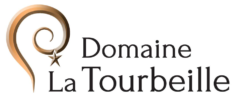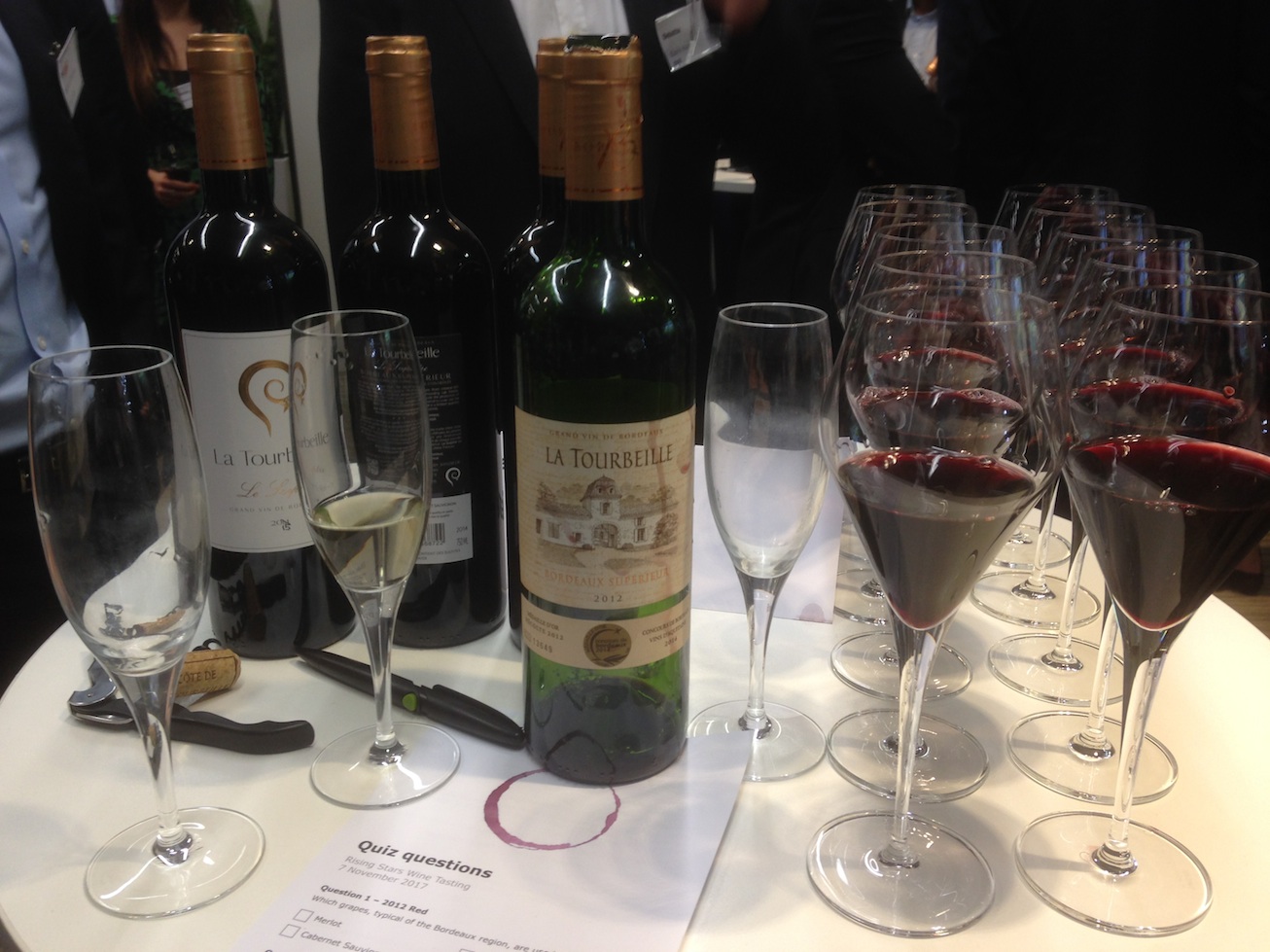Midnight. I’m perched precariously at the top of a tank, 15 feet up in the air, looking down into a fairy land of bubbling sparkling popping elixir. It reminds me of the way snow shimmers at night when the moon illuminates the white crust like diamonds – but this is purple. And it’s moving.
I can’t stand mesmerized for long because down below John is shouting at me not to lose the flashlight or my glasses into the juice. He’s also swearing and fiddling with the controls for the moveable lid of this 94 hectolitre tank (94 hectos – that’s 12,000 potential gurgling bottles) because it’s our first night putting the baby to bed after fermentation has started, and we’re not quite sure how this thing works.
Right now we have to transfer 20 hectos (less than ¼ of tank capacity) into this “Garde Vin,” the tank where the wine will eventually sleep through the winter. We can’t leave it all the “Cuve” tonight since the fermentation is accelerating, the juice is gobbling up the yeasts, the level is rising and the whole thing looks set to overflow.
Anyway, this vat is a crazy contraption – sophisticated, but also fiddly and nerve wracking, especially after a pleasant dinner and a couple glasses of white over at Carbonneau. As John slowly lowers the lid I’m trying to steady it with a long stick, trying to listen for the whisper of wobbling steel landing gently on liquid, then estimating how much to pull it back up. It’s hard to see and hard to say how much to allow for the expanding juice, but not allow too much so we keep out extra oxygen or sugar-manic insects. We finally agree on a level and not a divorce, and he pumps like mad to fill the air tube around the lid so it fits snug against the walls, while asking me to “feel” with my long stick, now way far below in the dark, asking, “is the lid tight, but not too tight, is it secure but with some “give,” is it… “ I throw the stick at him and climb down the ladder.
A little more ground level fretting and worrying, then the usual scrubbing of our universe. Tubes, valves, utensils, tools, pump, buckets, the floor… Imagine a kitchen for giants, and you’re a couple of tiny elves who’ve run out of magic.
Thus we embark on a round-the-clock routine. The oenlogue has instructed us to prolong the first fermentation by keeping the temperature lower than usual (18 C) for the first days. This isn’t standard but she knows we can’t afford to mess up; she has a saying “il faut mettre toutes les chances a vos cotes.” (“We must create good luck all around you.”)
First order: steady temperature control. John sets his alarm for 4:30 am but wakes ahead and runs up to the chai like a kid on Christmas morning. (When the farmer told us we would to sleep there for the first few weeks, we thought he was kidding.) Indeed the cooling apparatus, an old “milk tank” he borrowed from a dairy farmer, was too efficient and a good thing he went up to turn it off or those yeasts might have caught a cold, they are after all, living things. In his eagerness, he opens the Cuve lid forgetting about the carbon gas emissions. It almost knocks him off!
Second order: the twice daily “remontages” (pump-overs) of juice from the bottom of the tank to the top, and back and forth between the 2 tanks, so the juice mixes, oxygenates and braises. Today is Day 6 Post Harvest and I’m on top of the Cuve. This tank is scary: get off the ladder, shimmy and kneel on a sloped, stainless steel surface, hang on the intake tube with right hand, grasp flashlight in left. I forget the warning and put my head down into the tank to see better and – wow – me too, I almost fall off. Carbon dioxide, what a sharp whoofing tingle up the nose, I see how it could knock you out. But behold, here is the precious “marc,” what we call the “pancake” of grape skins and seeds floating on top that holds the deepest flavors. The juice underneath is bubbling and pushing it up; a beautiful and mysterious deep Bordeaux colored foam, like ruby black snow. The liquid comes gushing out of a spinning sprinkler device sending the rubies to scatter in circles, and from here the juice penetrates down, braising, absorbing the good stuff from the skins and seeds to intensify the flavor and density of the wine.
For 10 days we make meticulous log notations. We must officially note every procedure, but we mostly obsess over the temperature and density graph. As the sugar is absorbed and transformed into alcohol, the plot line gently descends. Our goal is a smooth finish (not an astringent aftertaste that bites your gums) and since Bordeaux wines are usually rich in tannins, we hope for the right alcohol level to balance the natural acidity.
When the line finally flattens at 991 we know the deed is done and we’re free to snack on our fingernails as we wait all day for the Lab results. At sunset, wrapping up, soaked again from cleaning, the cows come running toward their trough for supper, and it hits me. The cow-barn smell is gone. We scrubbed these stones last summer with a toothbrush. But now something else has wafted in, settled in.
I interrogate my budding olfactory tools, I’ve smelled this before. Grapes, yes, ok, part of the characteristic winery smell. Yes… but something else. I close my eyes and breathe in slowly. The winemaker’s bible says concentration is everything. Then it comes to me. The yeast! Now I recognize what I’ve smelled in other chais, that particular alchemy, like a bakery, a juice factory, are they baking gargantuan sized cakes of raisin bread? And tonight, add the residual perfume of cows and hay and machine oil, with some carbon dioxide floating around the ceiling, and this odor will remain in my proustian center brain forever, conjuring up this evening and the thrill of this chance, way past our youth years, to start something new.
We begin our walk down the hill and the man checks his mail. Lab report in. Only the cows look up as our whoops of glee echo on the limestone cliff. “13.33% !”




